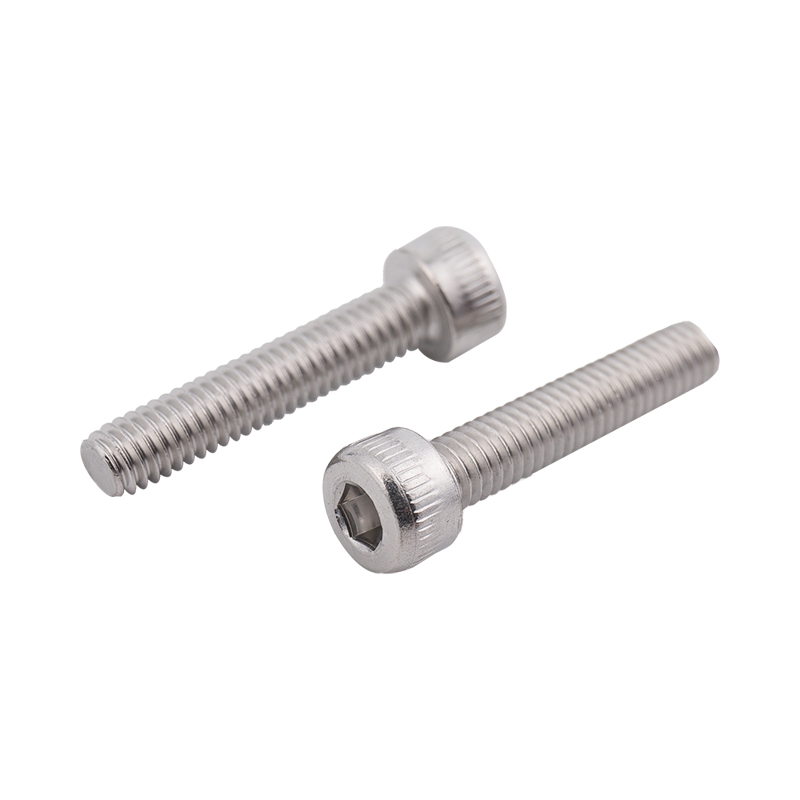-
CBB61 1.2uF/400V Black Film CapacitorsThe CBB61 1.2uF/400V capacitor features a black casing with black dielectric material, measuring 37mm × 24mm × 13mm. It includes mounting holes for se...
-
CBB61 1.5uF/400V CapacitorsThe CBB61 1.5uF/400V capacitor shares the 37mm × 24mm × 13mm black casing and black dielectric material with its 2.0uF counterpart. It also features m...
-
CBB61 2.0uF/400V CapacitorsThe CBB61 2.0uF/400V capacitor comes in a black casing with a black dielectric material, measuring 37mm × 24mm × 13mm. It includes mounting holes for ...
-
CL21 155/400V CapacitorsThe CL21 155/400V capacitor measures 22.5mm × 17.5mm × 10.3mm and is designed with a brown encapsulated casing, offering robust insulation and environ...
-
CL21 105/630V CapacitorsThe CL21 105/630V capacitor has dimensions of 22mm × 12.5mm × 7mm and features a brown encapsulated design, providing enhanced insulation and mechanic...
-
X2-104uf/305V CapacitorsThe X2-104uF/305V capacitor measures 18mm × 12mm × 11mm and features a yellow shell and yellow dielectric material, ensuring reliable insulation and l...
What are the common types of heat treatments applied to stainless steel bolts?
Industry News-Common types of heat treatments applied to stainless steel bolts include:
Annealing:
Purpose: Annealing is used to relieve internal stresses, improve machinability, and enhance ductility. It also helps in achieving a more uniform microstructure.
Process: The bolts are heated to a high temperature, typically above 1,000°C (1,832°F), and then slowly cooled. This process helps in softening the material and making it easier to machine or work with.
Hardening:
Purpose: Hardening increases the strength and hardness of the bolts, which is important for applications requiring high load-bearing capabilities.
Process: The bolts are heated to a high temperature, followed by rapid cooling (quenching) in a medium such as water or oil. This treatment is often combined with tempering to adjust hardness and toughness.
Tempering:
Purpose: Tempering is used to reduce the brittleness that can result from hardening while maintaining an acceptable level of hardness and strength.
Process: After hardening, the bolts are reheated to a lower temperature (typically between 150°C and 650°C or 302°F and 1,202°F) and then cooled. This process helps to relieve internal stresses and improve toughness.
Stress Relieving:
Purpose: Stress relieving aims to reduce residual stresses that can occur from processes such as machining or welding.
Process: The bolts are heated to a moderate temperature (usually between 600°C and 800°C or 1,112°F and 1,472°F) and then slowly cooled. This treatment helps to prevent distortion and improve dimensional stability.

Solution Treatment (or Solution Annealing):
Purpose: This treatment is used to dissolve precipitates and achieve a homogeneous phase structure, enhancing corrosion resistance and mechanical properties.
Process: The bolts are heated to a temperature above the solution temperature (typically between 1,000°C and 1,200°C or 1,832°F and 2,192°F), followed by rapid cooling. This process is often used for stainless steels to maintain a stable austenitic structure.
Passivation:
Purpose: Passivation improves corrosion resistance by removing free iron and creating a protective oxide layer on the surface of the bolts.
Process: The bolts are treated with a solution, such as nitric acid, which cleans the surface and promotes the formation of a chromium-rich oxide layer. Passivation is often used as a final treatment to enhance the performance of stainless steel bolts in corrosive environments.
Each of these heat treatments is selected based on the specific requirements of the application, such as desired mechanical properties, corrosion resistance, and overall performance of the stainless steel bolts.



 русский
русский Español
Español